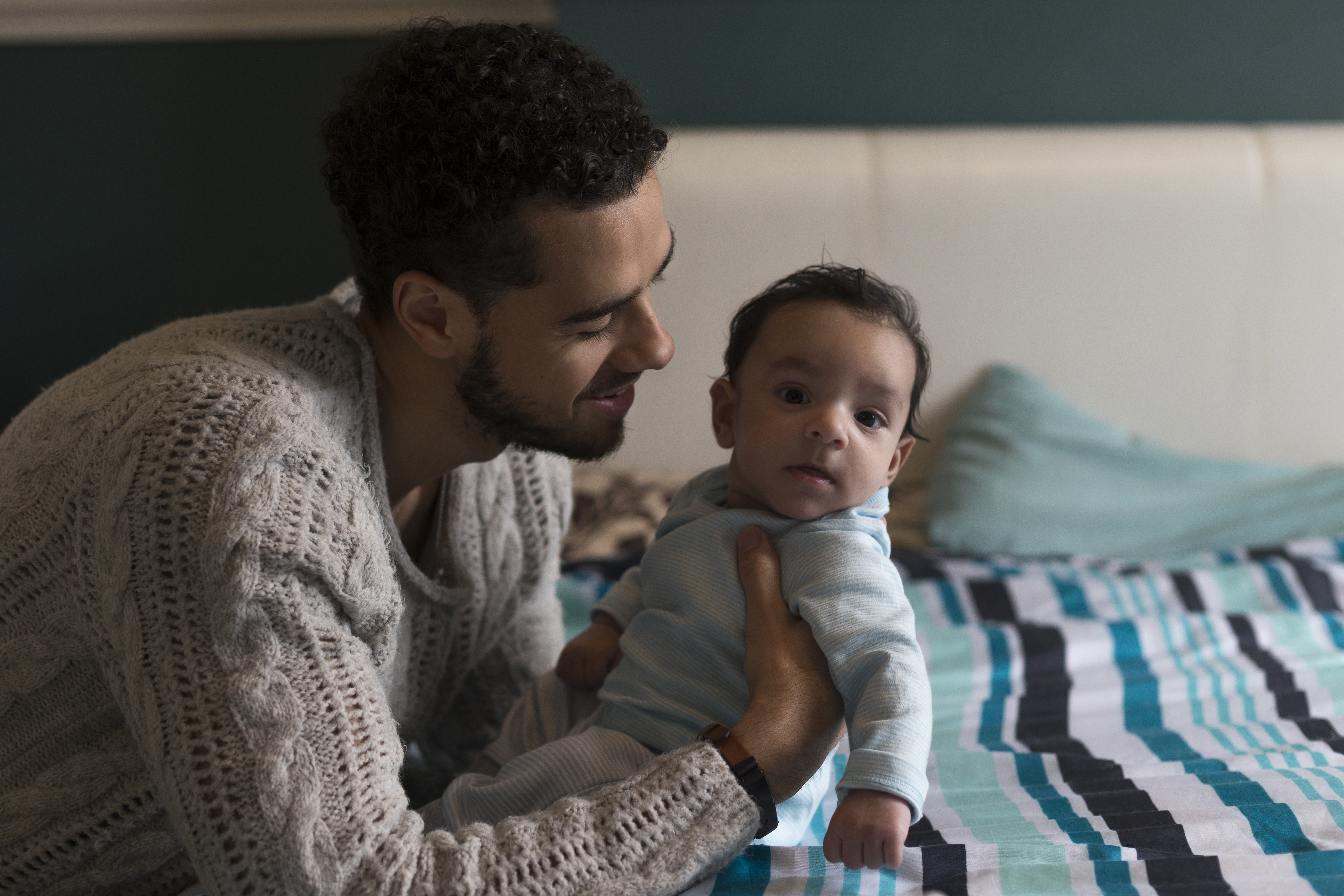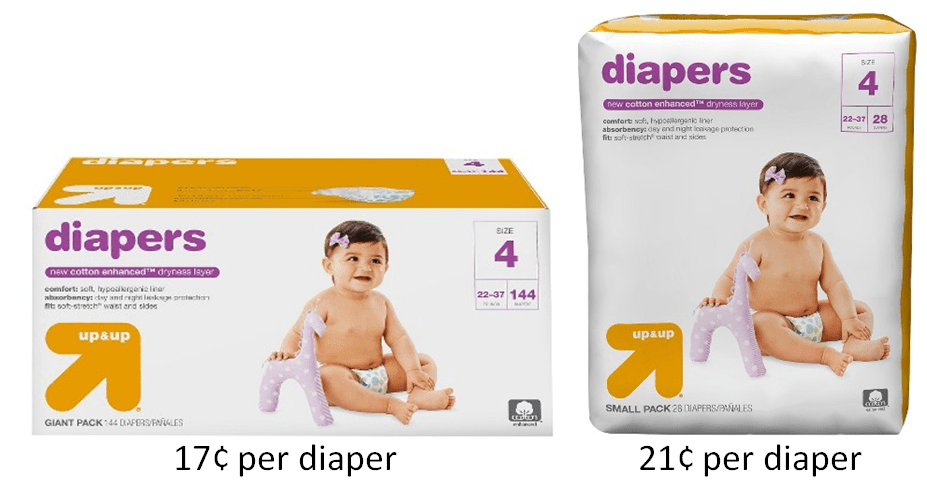About Diaper Need
Did You Know?
One-in-two (47%) families cannot afford enough diapers to keep their infants and toddlers clean, dry, and healthy. That means that more than 125,000 Minnesota children ages 0-3 experience diaper need.
Everyone suffers when parents can’t purchase enough diapers

Parents who aren’t able to purchase enough clean diapers often suffer from mental-health problems like depression and anxiety related to not being able to comfort their little ones.
New parents struggle to get childcare because most daycare centers require one week’s supply of diapers. That makes it much more difficult for these parents to hold consistent jobs.
The diaper market caters to wealthier families
Cloth diapers aren’t an option for low-income families. You often hear people touting the financial benefits of using cloth diapers. And they’re mostly true. The problem is that low-income families often don’t own their own washing machine, and you can’t wash soiled diapers in most laundromats.

Public policy doesn’t help

In 2023, U.S. Senators Tammy Duckworth (D-IL) and Kevin Cramer (R-ND) re-introduced bipartisan legislation to make it easier for low-income families to afford the diapers they need. The End Diaper Need Act of 2023 would assist low-income families experiencing diaper need by providing targeted funding for states, territories, and other eligible entities working on this issue.
